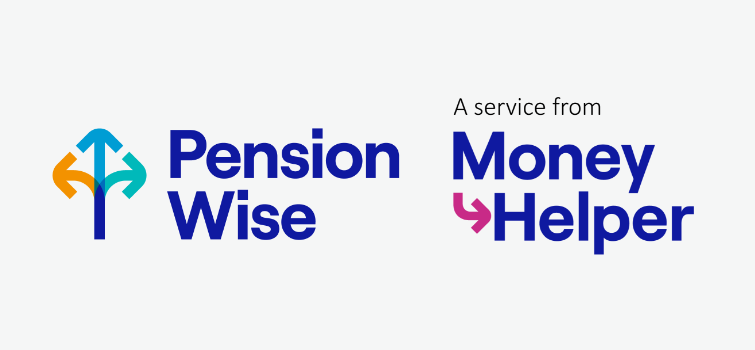SSAS pension schemes explained
Small self-administered pension schemes for senior employees and company directors

What is a SSAS pension?
A small self-administered scheme (SSAS) is a type of defined contribution pension scheme. Typically, SSAS pensions are set up by directors of small or family businesses.
A SSAS normally has fewer than 11 members. To be a member of a SSAS you will usually be a director or employee of the company, or a family member of an employee.
As a SSAS is managed by its members, they have control over their investments. Members can also use their pension to invest in their company.
How does a SSAS pension work?
A SSAS is similar to a SIPP in that members have control over their investments. A range of investment options, including commercial property, are available to invest in.
Unlike a SIPP, a SSAS is run by a nominated scheme administrator and its trustees. The trustees are also usually members.
It also allows company directors to invest in their own business through their pension. A director can also loan money to their business from their SSAS pension. This means they could use a SSAS to help expand their business.
Each limited company is only allowed one registered SSAS.
What are the benefits of SSAS pensions?
The main benefits of a SSAS pension are:
- Control
If you are a member of a SSAS, you are responsible for managing your own pension. This means you have control over your investments. - You could invest in your own company
Unlike with a SIPP, a SSAS allows directors to invest in their own company. If you are a director, you could invest in up to 5% of your business. - You could offer loans to your company
A SSAS allows you to offer commercial loans to your own company. As long it is for investment purposes, you could use your pension scheme to help your business expand. For example, with a loan for a new building.
SSAS tax relief
Tax relief on SSAS pensions works in the same way as other defined contribution (DC) pension schemes.
Tax relief of at least 20% is added to personal pension contributions. This means that every £80 you pay in is topped up to £100. Higher and additional-rate taxpayers can also claim 40% or 45% tax relief on their self-assessment tax return.
Each member of a SSAS pension has an annual allowance of 100% of their salary, up to a maximum of £60,000.
If you are a director, both you and your business can benefit from employer contributions. Your business could receive corporation tax relief on pension contributions to your pension from your business. This saves 25% (19% for companies with profits under £50,000) on the contribution. Employer pension contributions are also exempt from 15% employer national insurance contributions.
Withdrawing from your SSAS
Like other types of DC pension, you can start withdrawing income from a SSAS when you reach the age of 55 (57 from 2028). You can take up to 25% of your SSAS pension as tax-free cash, subject to the maximum of £268,275. The other 75% is subject to your rate of income tax when withdrawn. The amount of money you have in retirement will depend on how much money you have contributed and how well your investments have performed.
SSAS pension FAQs
How can Pension Wise help?
If you have a defined contribution pension scheme and are 50 or over, then you can access free, impartial guidance on your pension options by booking a face to face or telephone appointment with Pension Wise, a service from MoneyHelper.
If you are under 50, you can still access free, impartial help and information about your pensions from MoneyHelper.
